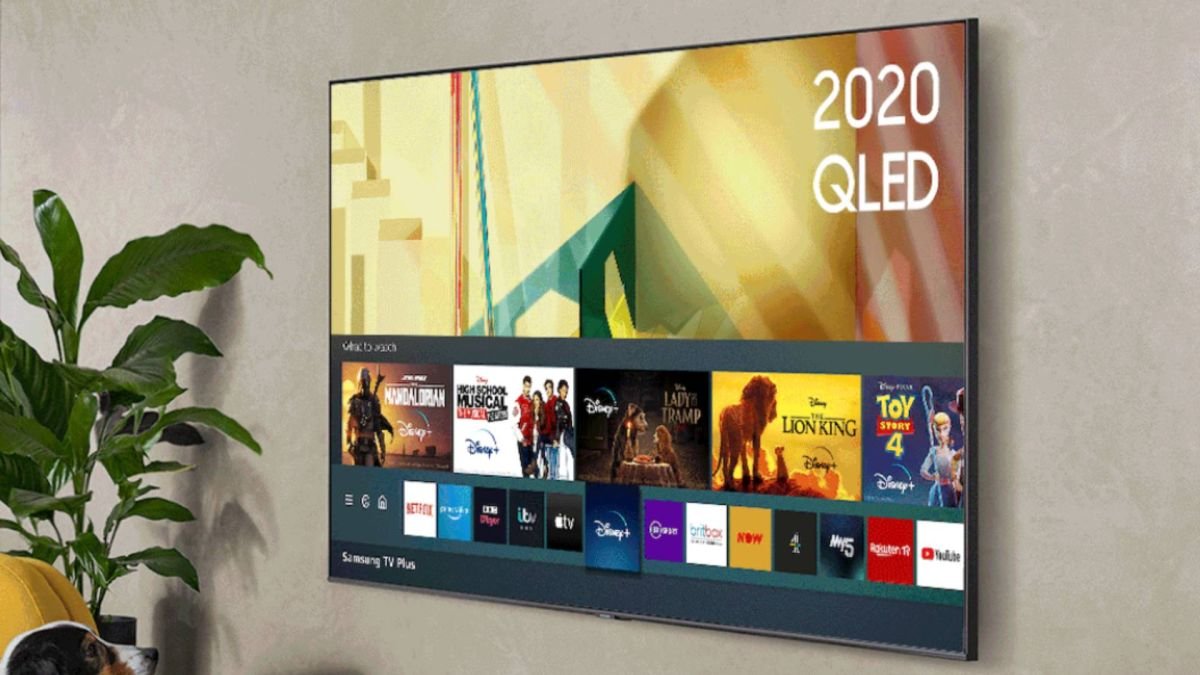

Samsung's new TVs will be better than ever at displaying HDR10+ content, it seems, after the world's biggest TV maker announced a new feature to calibrate picture settings in response to ambient light. HDR10+ Adaptive is an answer to the age-old problem of watching TV outside of a dedicated, hermetic home theater. Many of us watch our favorite Netflix shows in rooms that aren't ideally equipped to stay out of direct sunlight, after all, or want to maintain some visibility for eating, texting, ironing, or doing. ride an indoor bike while catching up on our programs. If you're also willing to watch during the day, perfect viewing conditions aren't really an option. This is where Adaptive HDR10+ comes in, calibrating picture settings on HDR10+ content – that is, movies or TV shows made in Samsung's preferred Dynamic HDR format – in response to the intensity of light in the room around you. your television screen. A Samsung press release states that "the adaptive HDR10+ feature supports scene-by-scene dynamic optimization and can now adapt to any lighting condition in the room, further enhancing the HDR experience. This feature uses the TV's light sensor and ensures the display brings creative intent to life without loss of detail or contrast." While HDR10+ isn't as prevalent as its competitor Dolby Vision, it's still the best HDR format to watch on a Samsung TV and is available to everyone. 4K HDR titles on Amazon Prime Video. The new adaptive feature will be coming to future QLED TVs, presumably the entire 2021 QLED lineup, though we haven't heard a more detailed breakdown of the models yet until CES 2021 in January. It'll also work with Filmmaker mode, a picture setting that reduces anti-aliasing and motion processing for picture purists, but generally leaves images looking a bit flat.